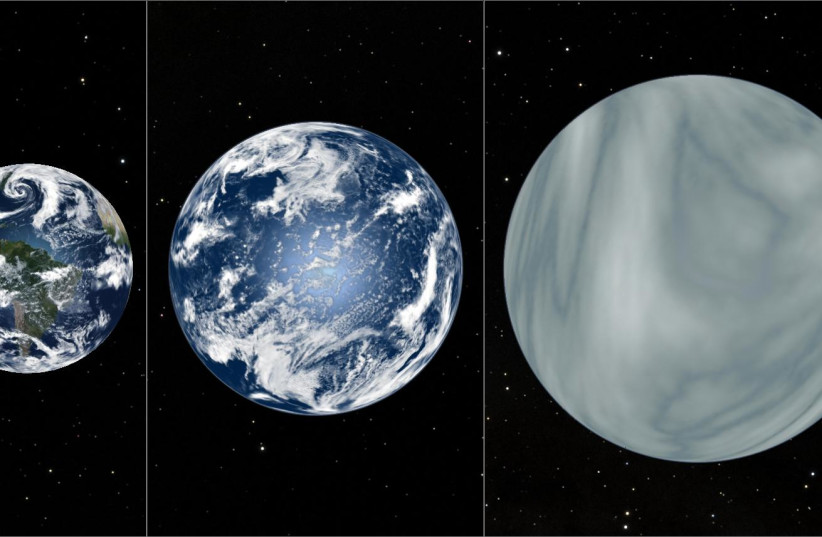NASA’s Webb telescope finds exoplanet with potential signs of life
NASA’s James Webb Space Telescope has uncovered new evidence that a planet outside of our solar system may be able to support life.
The telescope discovered the presence of methane and carbon dioxide while observing K2-18b, an exoplanet 124 light-years from Earth. K2-18b, initially discovered in 2015 by the Kepler space telescope, orbits a red dwarf star called K2-18. The exoplanet’s relation to the red dwarf is similar to Earth’s relation to the sun.
K2-18b has a 33-day orbit within K2-18’s habitable zone, meaning that it receives the same amount of light as Earth receives from the sun and could have similar conditions to Earth. It has been studied as a potentially habitable world and in 2019 water vapor was discovered in its atmosphere.
Our @NASAWebb telescope detected carbon dioxide and methane in the atmosphere of a planet orbiting a faraway sun. The planet might have an ocean, but more observations are needed to determine whether it could support life: https://t.co/J8ub8PqwMG pic.twitter.com/SbgHjOO9Hv
— NASA (@NASA) September 11, 2023
The new discovery of carbon dioxide and methane in K2-18b’s atmosphere suggests that the exoplanet is a Hycean planet, containing a hydrogen-rich atmosphere and a liquid-water ocean.
The term Hycean was first coined in 2021 and comes from a combination of “hydrogen” and “ocean”. Is used to describe a type of hypothetical planet that is hydrogen-rich and covered in water, making them potentially habitable. There are currently no confirmed Hycean planets, but there are several good candidates including K2-18b.

Signs of life
Along with methane and carbon dioxide, the James Webb Telescope also discovered a molecule known as dimethyl sulfide (DMS), a substance only produced by living things.
“This (dimethyl sulfide) molecule is unique to life on Earth: There is no other way this molecule is produced on Earth,” said astronomer Nikku Madhusudhan in a University of Cambridge video. “So it has been predicted to be a very good biosignature in exoplanets and habitable exoplanets, including Hycean worlds.”
Madhusudhan said this marks the first time exoplanet researchers have ever found methane and hydrocarbons outside of Earth.
However, scientists have cautioned that more research is needed and the evidence supporting the presence of DMS “requires further validation,” according to a Space Telescope Science Institute statement.





Comments are closed.